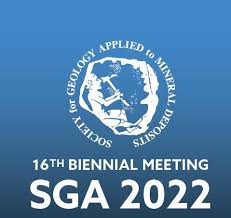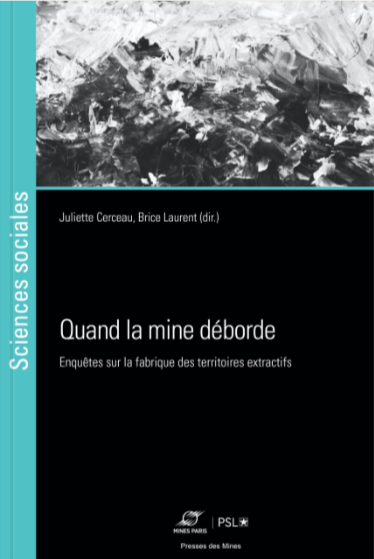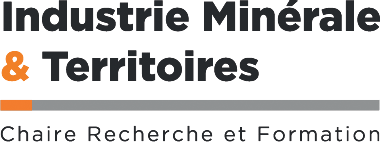
Yona J., Michel J., Noémie F.
Ecrit par : Chaire IM&T
Yona Jébrak, Michel Jébrak, Noémie Fayol. Ghost towns as markers of the resilience conditions along extractive frontiers. SGA 2022 – The Critical Role of Minerals in the Carbon-Neutral Future, Society for Geology Applied to Mineral Deposits, Mar 2022, ROTORUA, VIRTUAL CONFERENCE, New Zealand. ⟨hal-03707504⟩
Résumé:
Since the Neolithic revolution, mining occurs in the semiperiphery of civilizations. It provides wellness outside the core urbanized zone and exchanges knowledge, money and infrastructures against minerals. The dynamic establishment of such a pattern goes throughout the development of an extractive Frontier moving outward from the economic core zone. However, extractive Frontiers may fail and leave ghost towns and remnants of mining workings. Thousands of ghost mining towns (GMT) have occurred on all continents since the Chalcolithic times. The study of mining ghost towns allows to distinguish several extractive Frontiers based on their environment. Most of them are in unpopulated highly inhospitable or poorly accessible environments such as hot and cold deserts, and high mountain ranges. Three types could be recognized along the mining cycle: (1) GMT where, although it was claimed that resources were exhausted, mining development failed early due to lack of capital and/or knowledge. These GMT are often related to gold rushes in the 19th century (Macetown, New Zealand; Bannack, Montanna; Kolmanskop, Namibia) and especially abundant in Australia and West America. (2) GMT occurring during or after the production, due to disruptive innovations that make the product outdated such as asbestos, micas, saltpeter and sulfur (Atacama, Sicilia); this is the probable future for petroleum-related cities. (3) GMT occurring after mining that had exploited most of the ore for decades: this has occurred several times since the Bronze age, especially in Central Europe and south- west Asia, but also since the 20th century (Hashima Island, coal, Japan; Joutel, copper, Canada). What are the elements that make or fail the resilience of a Frontier mining town? What lessons can we learn from history? How can they help understand the resilience of mining territories and communities? The presentation will offer an insight from history through the lens of resilience thinking.
Toutes les publications

Noémie, F., Yona, J.
Noémie Fayol, Yona Jébrak. Asbestos. Une histoire croisée de la mine et de la communauté, 1899-2022. Juliette Cerceau; Brice Laurent. Quand la mine déborde. Enquêtes sur la fabrique des territoires miniers., 57-75, Presses des Mines, 2023,...
